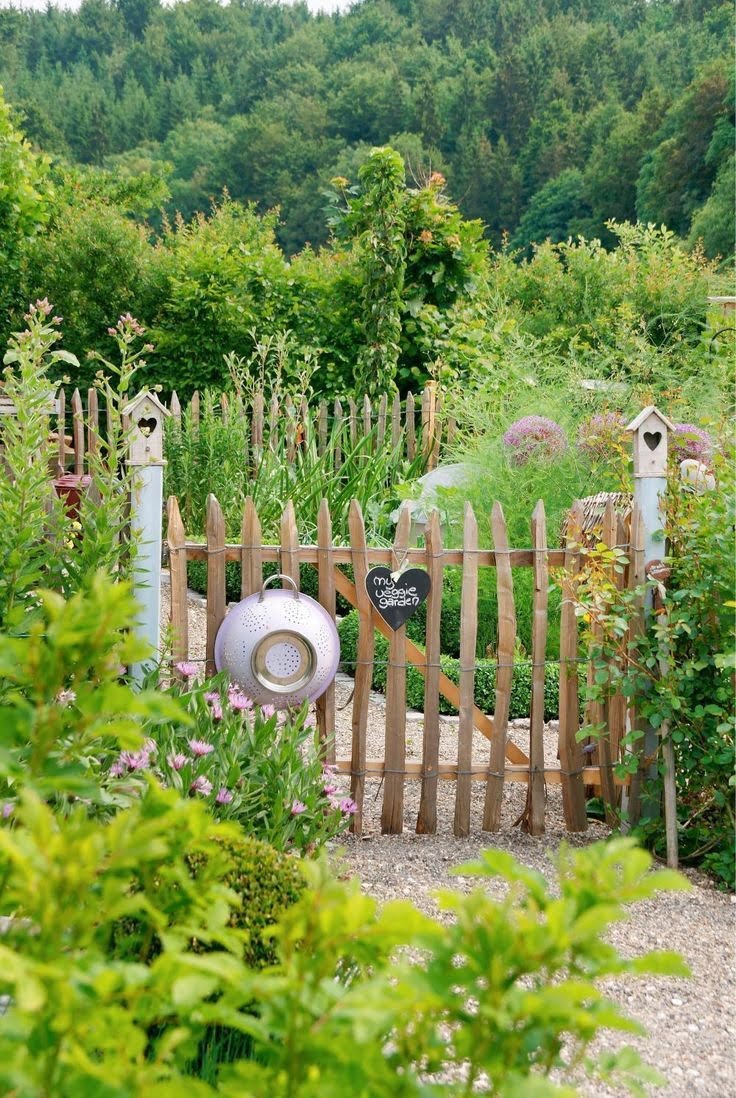How To Make Vegetable Garden Beds
There are a lot of benefits to growing your own vegetables – you know exactly where they came from, you can save money, and it’s a fun way to get outdoors and get your hands dirty. But if you don’t have a lot of space, or if you live in an apartment, you may think that vegetable gardening is out of reach.
But it’s not! You can grow vegetables in containers, or even in your yard in raised garden beds.
To make a raised garden bed, you’ll need:
-Shovel
-Tape measure
-Ruler or a straight edge
-Level
-Plywood
-Circular saw
-Drill
-1 inch hole saw
-Stakes
-String
-Soil
1. Decide on the size of your raised garden bed. You’ll want to make it at least 12 inches high, and 24 inches wide is a good size.
2. Cut the plywood to size using a circular saw.
3. Drill 1 inch holes every 6 inches along the sides of the plywood.
4. Place the plywood on the ground and use stakes and string to create a square or rectangle.
5. Use a shovel to turn the soil over, breaking it up and removing any rocks or debris.
6. Add soil to the raised garden bed, and mix in some organic matter, like compost or manure.
7. Plant your vegetables and enjoy!
Potting Mix For Raised Vegetable Garden Bed
When it comes to gardening, there’s no substitute for a good potting mix. A potting mix that is specifically designed for raised vegetable garden beds will provide your plants with the nutrients they need to thrive, while also helping to retain moisture in the soil.
There are a number of different ingredients that can be used in a raised vegetable garden bed potting mix, including:
• organic matter (compost, peat moss, or leaf mold)
• sand
• perlite
• vermiculite
When it comes to organic matter, compost is a great choice because it is rich in nutrients and helps to improve soil texture. Peat moss and leaf mold also have a high organic matter content, and they help to retain moisture in the soil.
Sand is a good choice for raised vegetable garden beds because it helps to improve soil drainage. Perlite and vermiculite are both absorbent minerals that help to keep the soil moist.
When putting together your own potting mix for a raised vegetable garden bed, be sure to mix all of the ingredients together well. You may want to start with a few cups of compost, and then add in sand, perlite, and vermiculite until you have a mix that is the right consistency for your needs.
A potting mix that is specifically designed for raised vegetable garden beds will provide your plants with the nutrients they need to thrive, while also helping to retain moisture in the soil.
Vegetables To Grow In A Raised Garden Bed
When it comes to gardening, there are many different ways to go about it. You can grow vegetables in a traditional garden plot, or you can use a raised garden bed. A raised garden bed is a great way to garden if you have limited space, or if you want to make gardening easier on your back.
If you’re thinking about growing vegetables in a raised garden bed, there are a few things you need to keep in mind. The most important thing is to choose the right vegetables to grow in your bed. Not all vegetables are well-suited for growing in a raised bed.
Some of the best vegetables to grow in a raised garden bed include:
-Tomatoes
-Peppers
-Zucchini
-Squash
-Cucumbers
-Beans
-Lettuce
You can also grow other vegetables in a raised garden bed, but these are some of the best choices.
When choosing vegetables to grow in a raised garden bed, you need to keep in mind the size of the bed. You want to choose vegetables that will fit comfortably in the bed, without taking up too much space.
Another thing to keep in mind is the type of soil in your area. Not all soils are well-suited for growing vegetables. If you’re not sure what type of soil you have, you can have a soil test done to determine the pH level and the amount of nutrients in the soil. If your soil is not suitable for growing vegetables, you can add some organic matter to the soil to make it more fertile.
If you’re planning to use a raised garden bed to grow vegetables, it’s important to start with a healthy soil mix. The best way to do this is to mix your own soil mix, or you can purchase a soil mix from a garden center. A soil mix that is specifically designed for raised garden beds is ideal, because it will be high in nutrients and it will drain well.
When planting vegetables in a raised garden bed, it’s important to follow the instructions on the seed packet. Most vegetables need plenty of sun and water to grow well, so you need to make sure the vegetables are getting enough sun and water.
If you’re looking for an easy way to garden, a raised garden bed is a great option. You can grow a variety of vegetables in a raised garden bed, and the bed is easy to care for. Just make sure you choose the right vegetables to grow in your bed, and add some organic matter to the soil if necessary.
Best Vegetables For Raised Garden Bed
When it comes to gardening, there are many different factors to consider when choosing what to grow. One of the most important decisions is what type of vegetables to plant in your garden. If you’re raising a garden bed, there are some specific vegetables that will thrive in that environment.
Tomatoes are a good choice for a raised garden bed. They like warm weather and soil that is nutrient-rich. They also need plenty of space, so make sure to plant them in a bed that is at least 4 feet wide.
Another good choice for a raised garden bed is lettuce. It grows well in cooler weather and can tolerate a variety of soil conditions. Lettuce also doesn’t require a lot of space, so you can plant it in a bed that is just 2 or 3 feet wide.
If you’re looking for a vegetable that is both easy to grow and prolific, try planting some beans. They grow well in most types of soil, and can produce a lot of pods in a relatively short amount of time.
Finally, if you want to plant a vegetable that is both tasty and nutritious, try growing some carrots. They grow well in a wide range of soil conditions, and are a great source of Vitamin A.
Vegetable Garden Soil Preparation Raised Bed
When preparing soil for a raised bed vegetable garden, it is important to use a well-draining soil mix that will provide the vegetables with the proper nutrients they need to grow. A soil mix that is high in organic matter is ideal, as it will help to retain moisture and nutrients while also improving the soil’s structure.
In order to prepare the soil for a raised bed vegetable garden, it is first necessary to remove any existing sod or weeds. The soil can then be loosened with a shovel or tiller, and any large rocks or clumps of dirt can be removed. If the soil is particularly dense or clay-like, it can be amended with some organic matter to help improve its drainage and nutrient content.
Once the soil is prepared, it is time to create the raised bed. This can be done by creating a frame out of wood or other materials, and filling it with the prepared soil. The raised bed should be at least 12 inches high, and the width and length should be determined by the size of the garden.
Once the raised bed is filled with soil, it is ready to be planted. Be sure to add a layer of mulch to the top of the bed to help retain moisture and prevent the growth of weeds.

If you’re looking to get into vegetable gardening, or are just looking for some tips on how to make your current garden better, then you’ve come to the right place! My name is Ethel and I have been gardening for years. In this blog, I’m going to share with you some of my best tips on how to create a successful vegetable garden.





